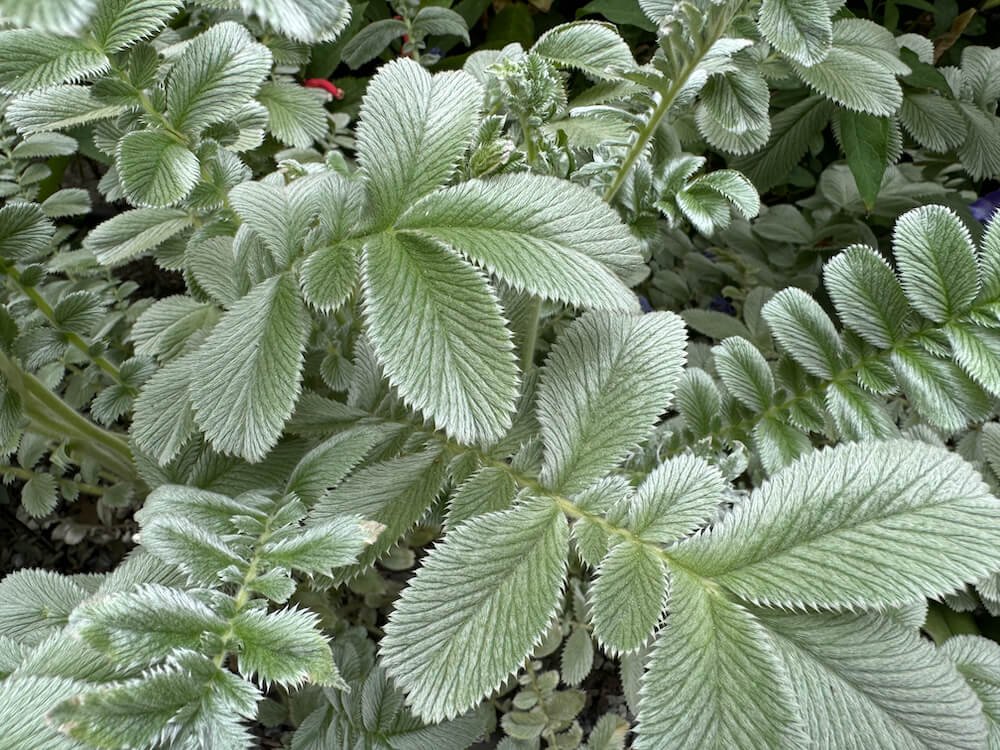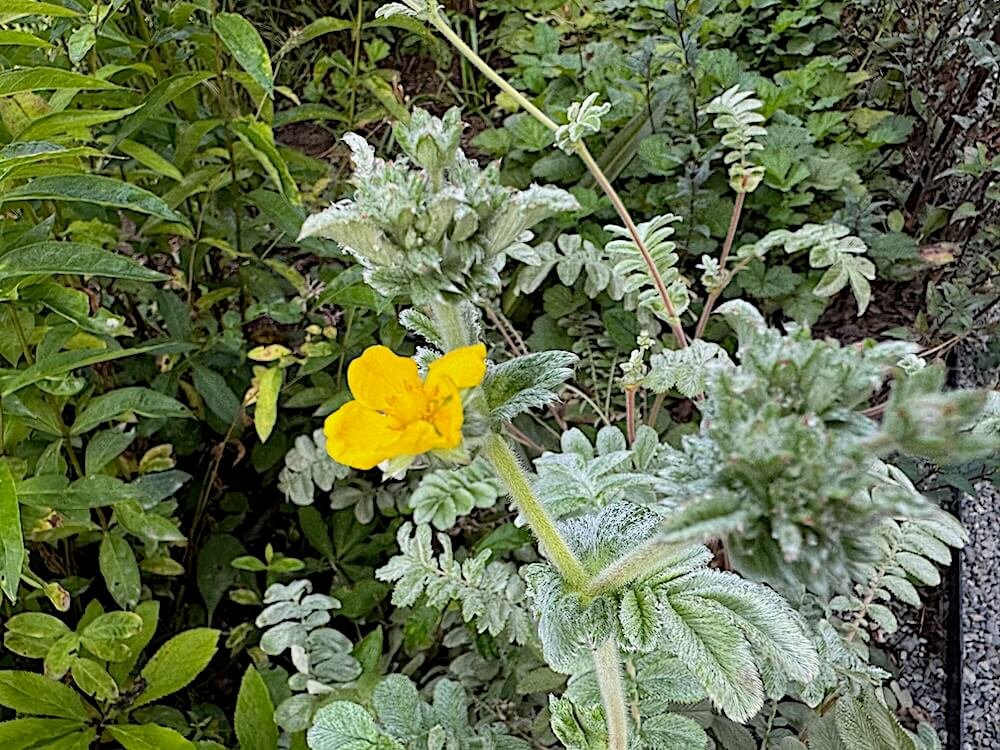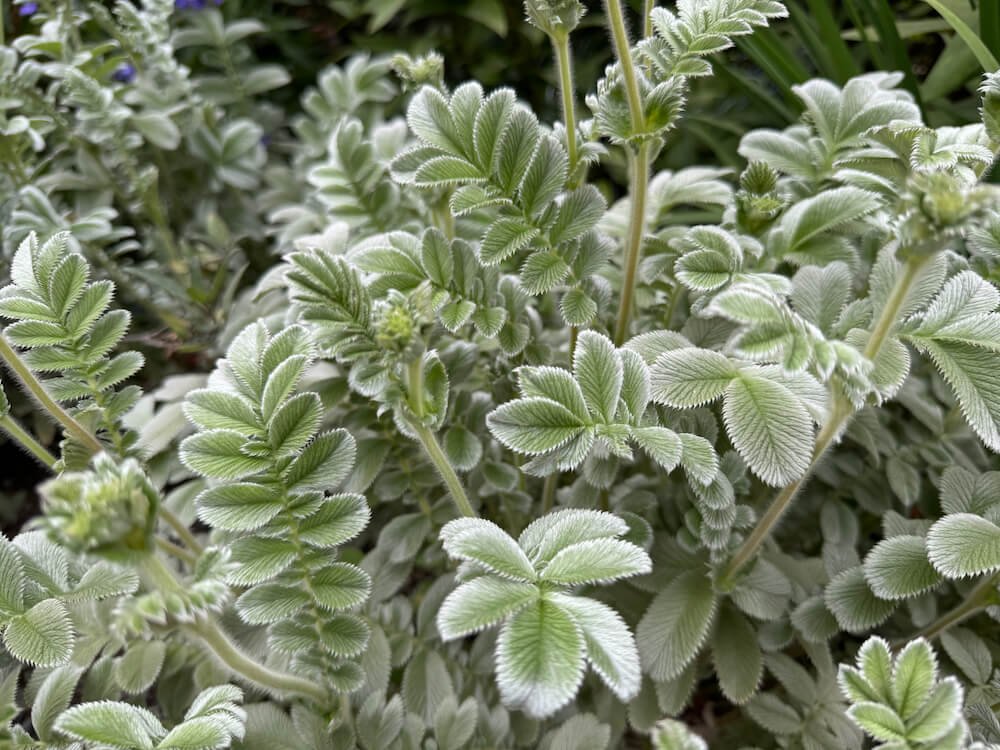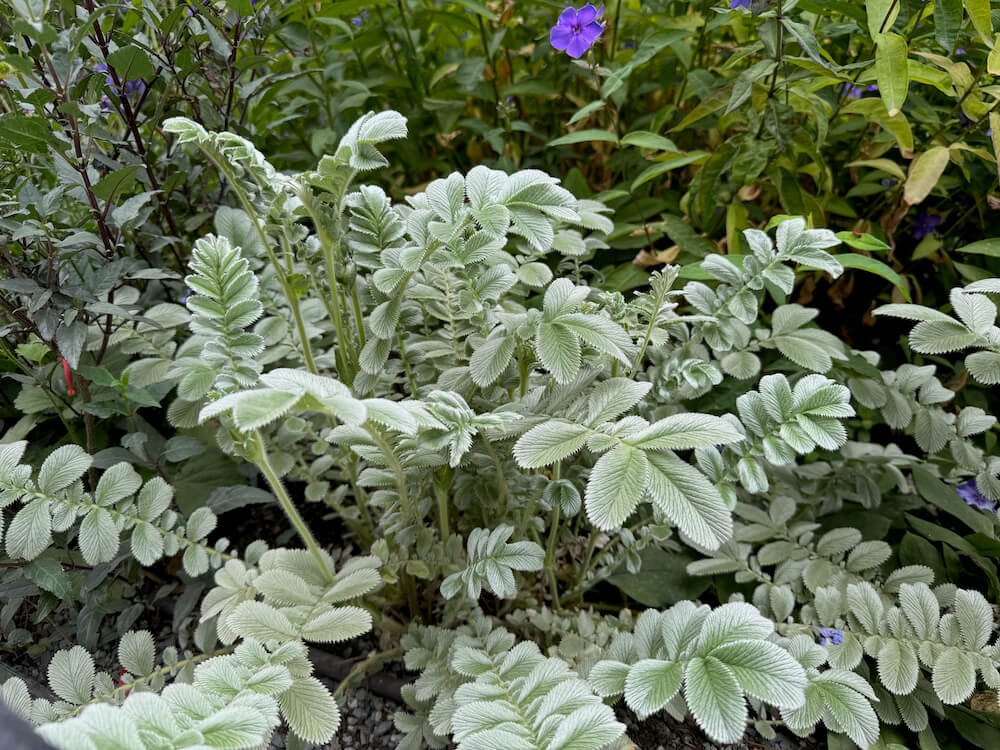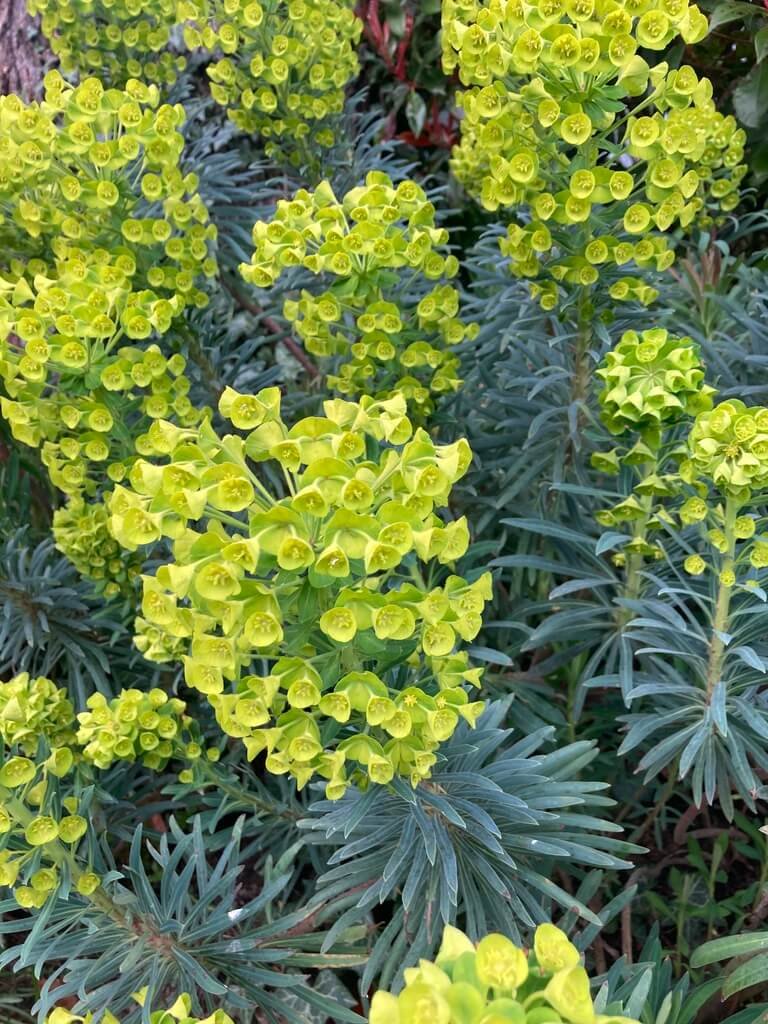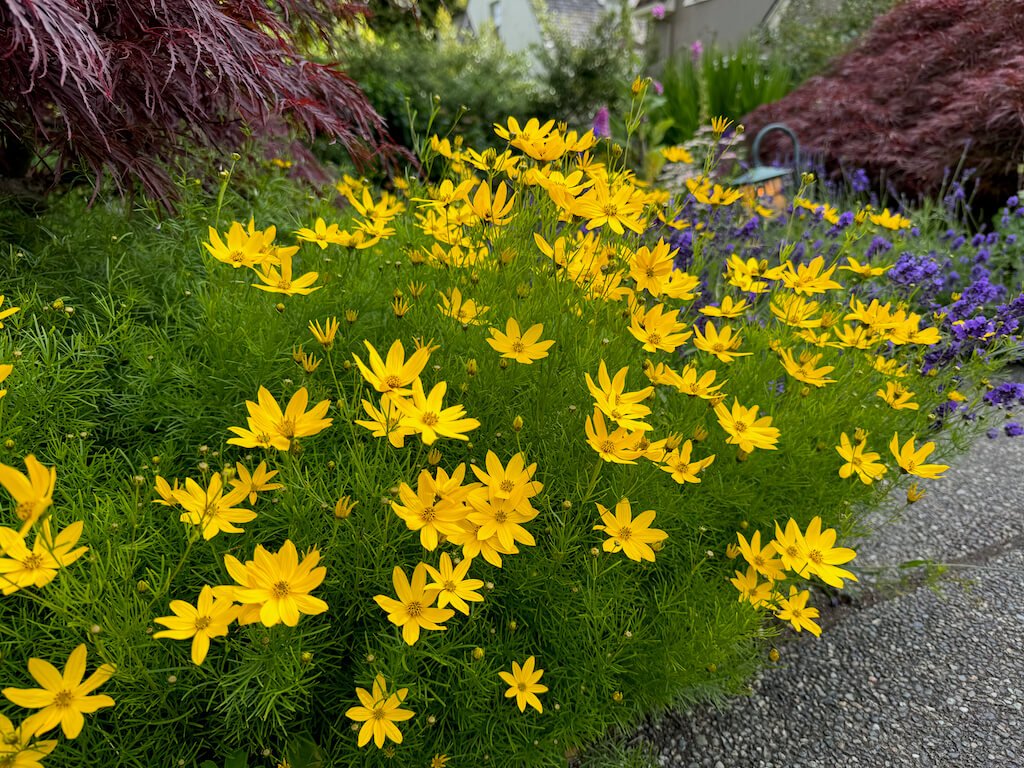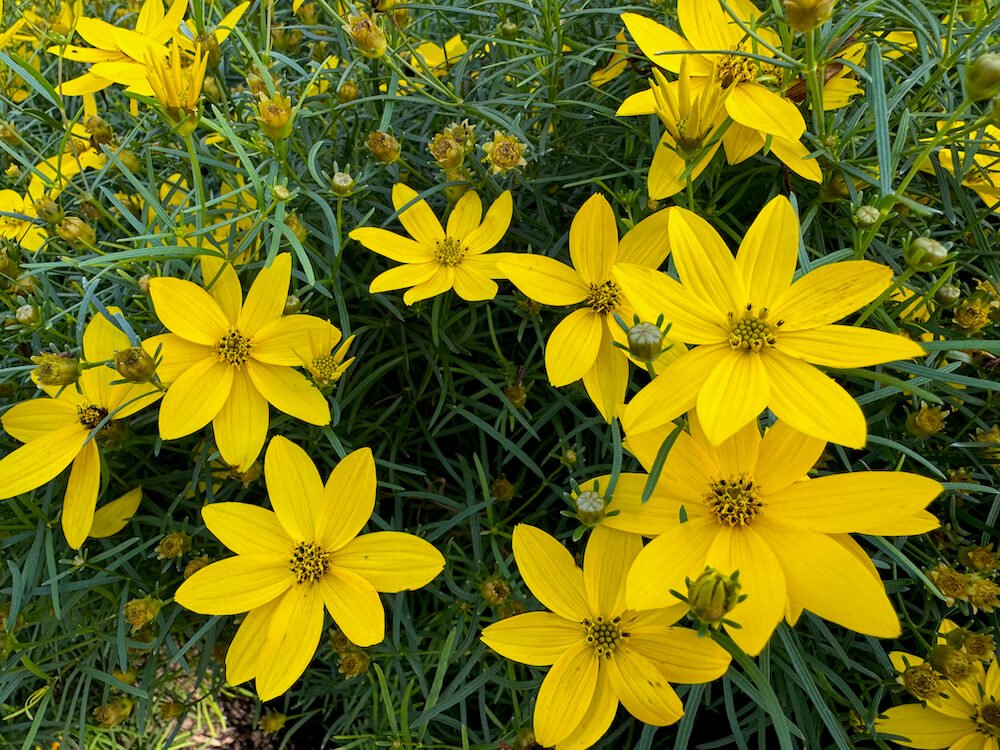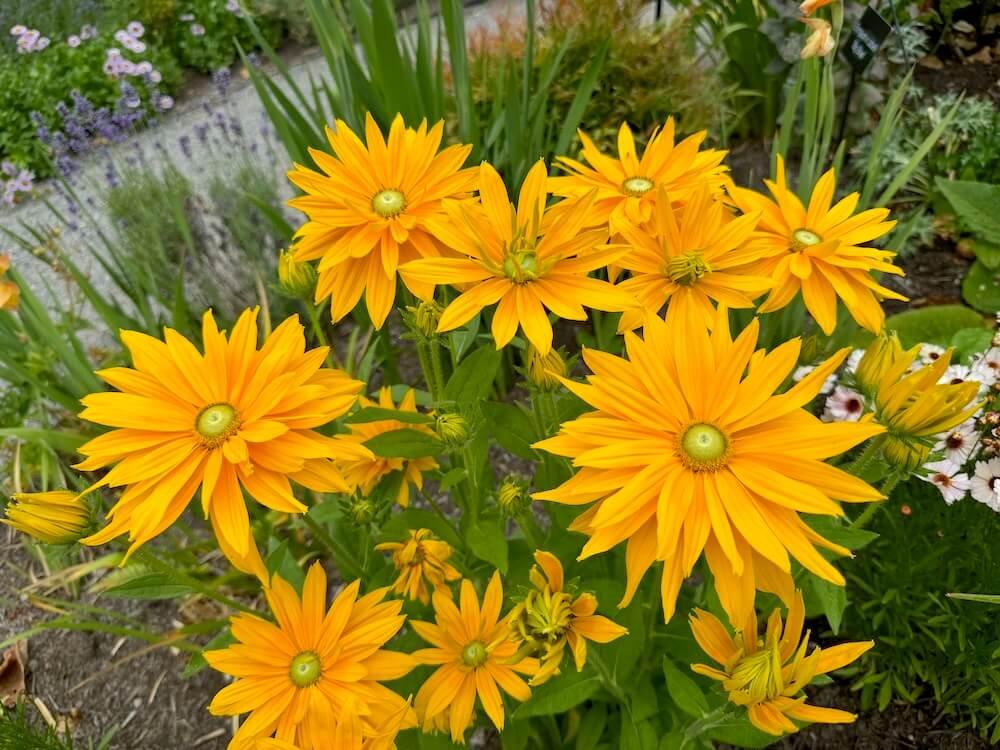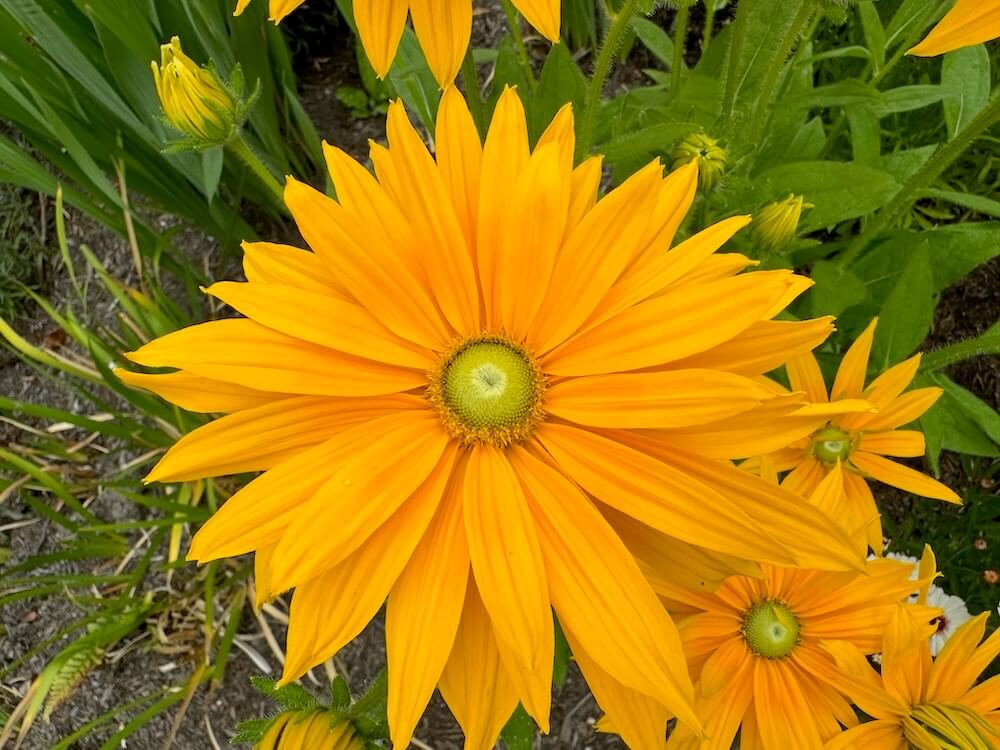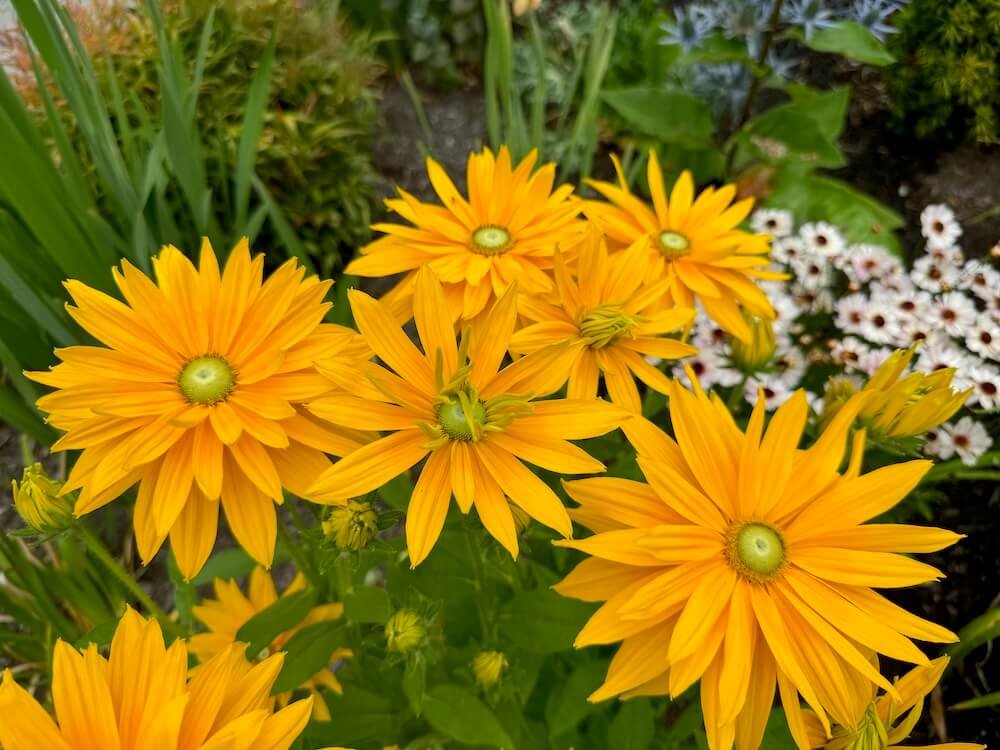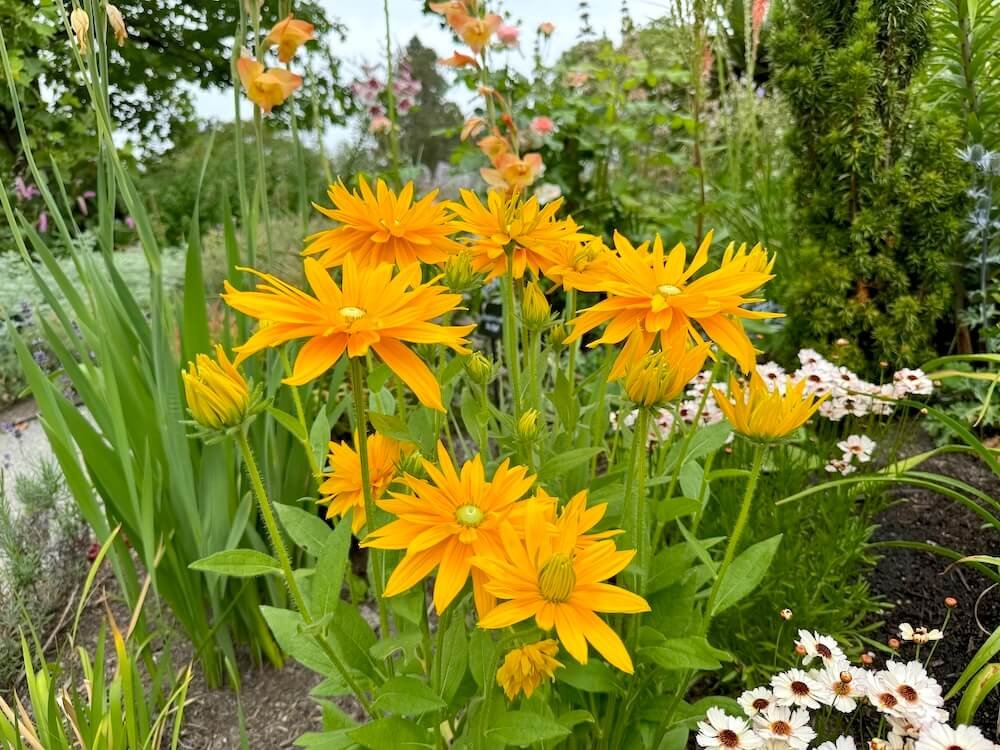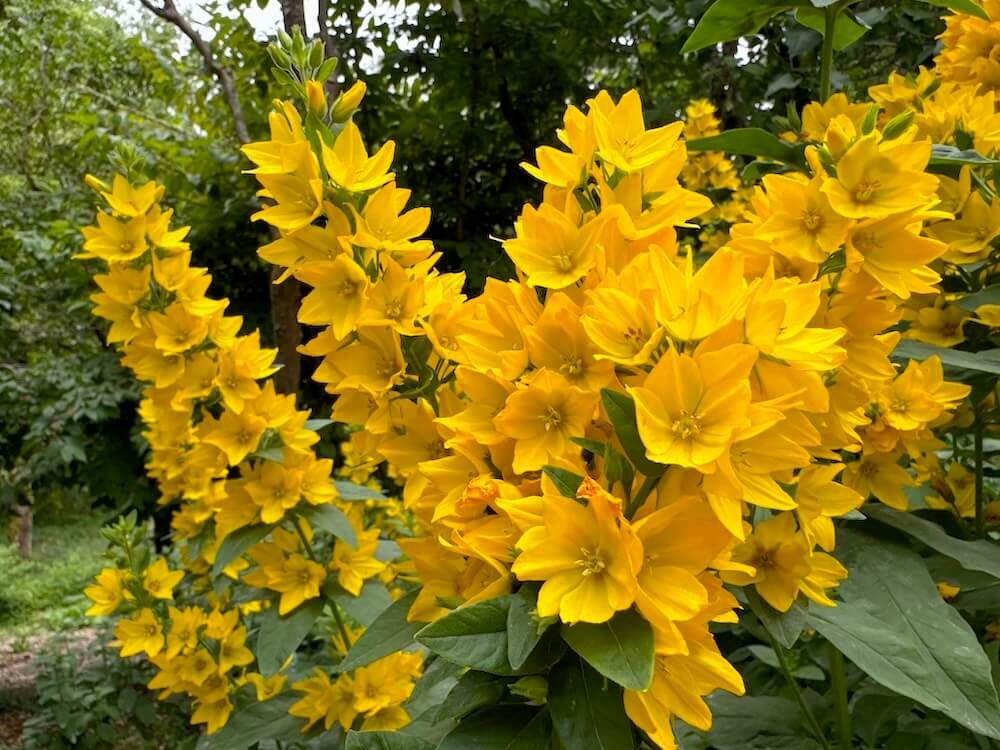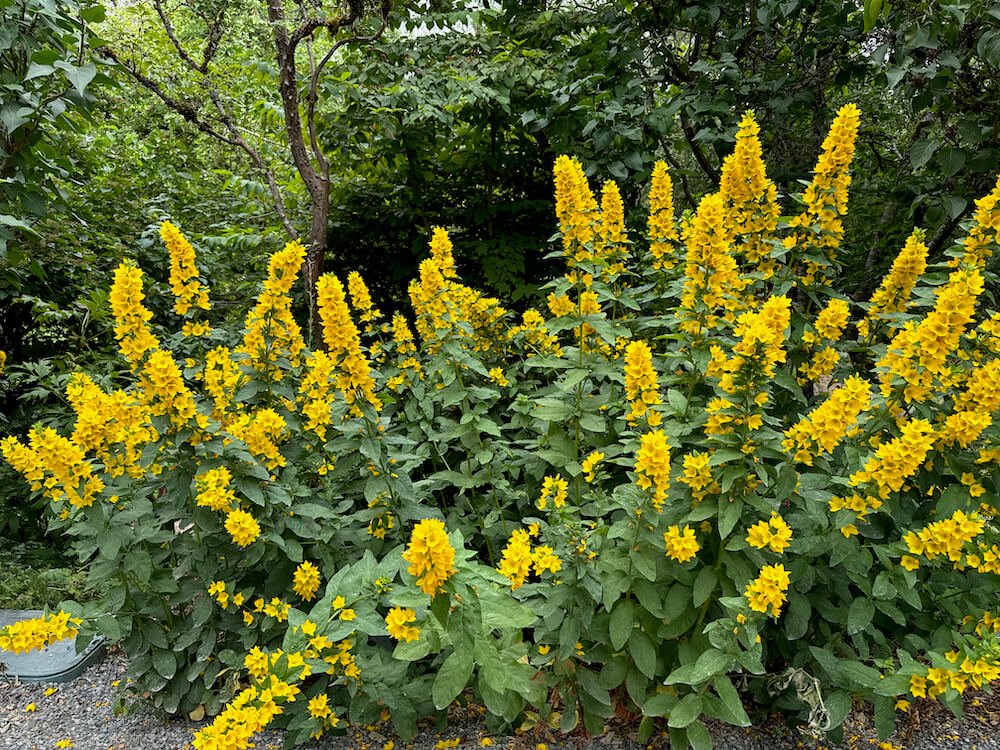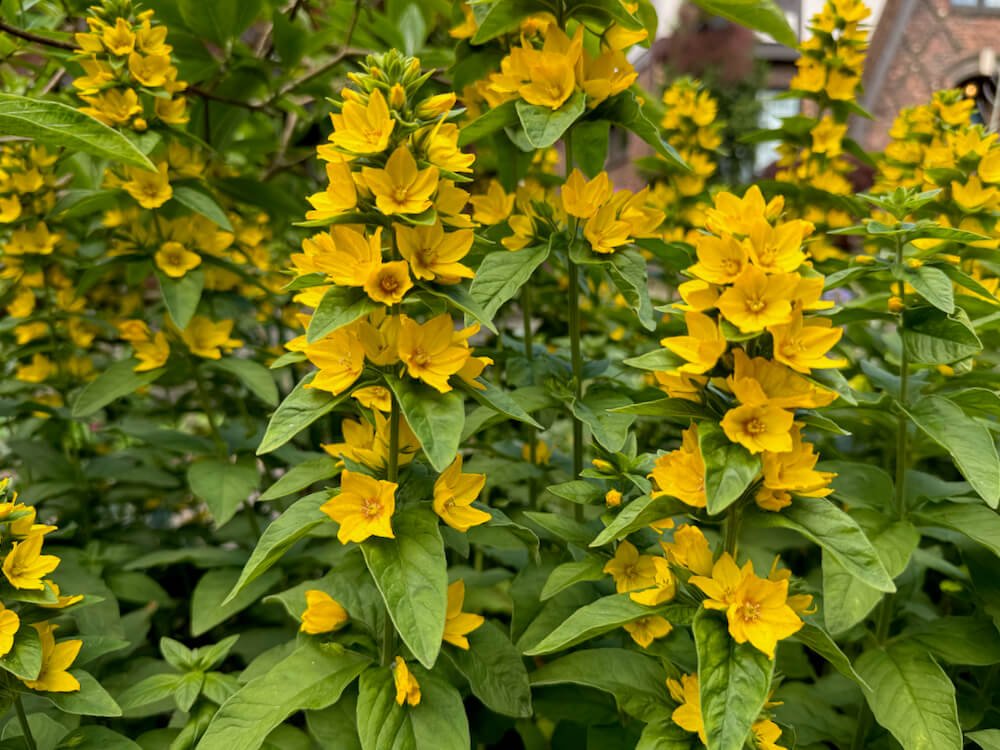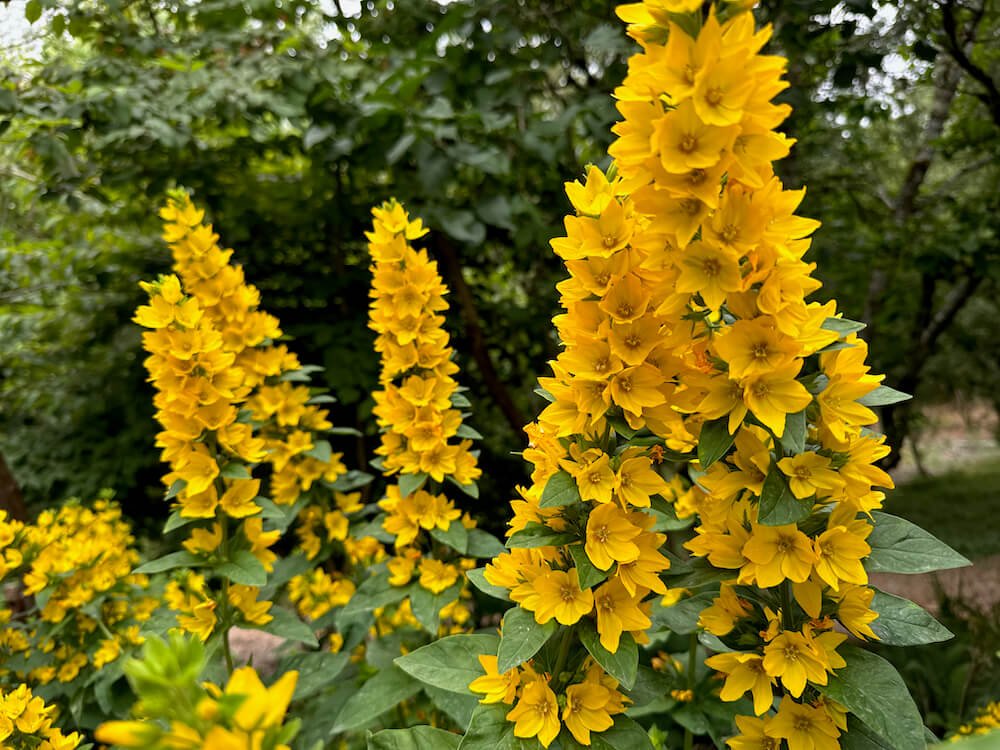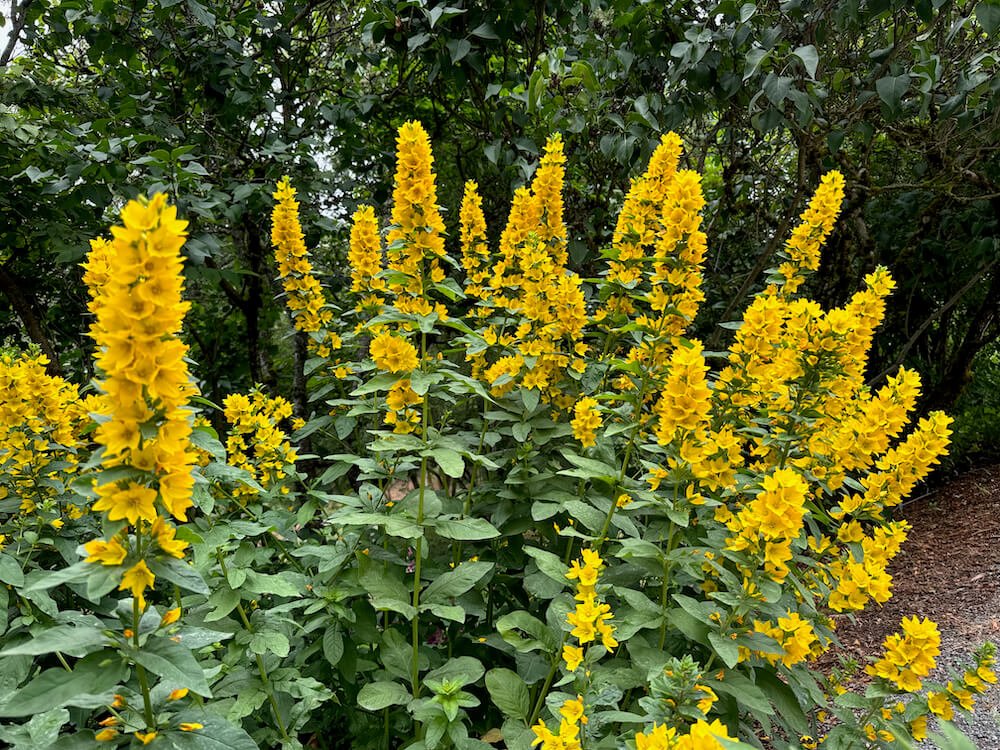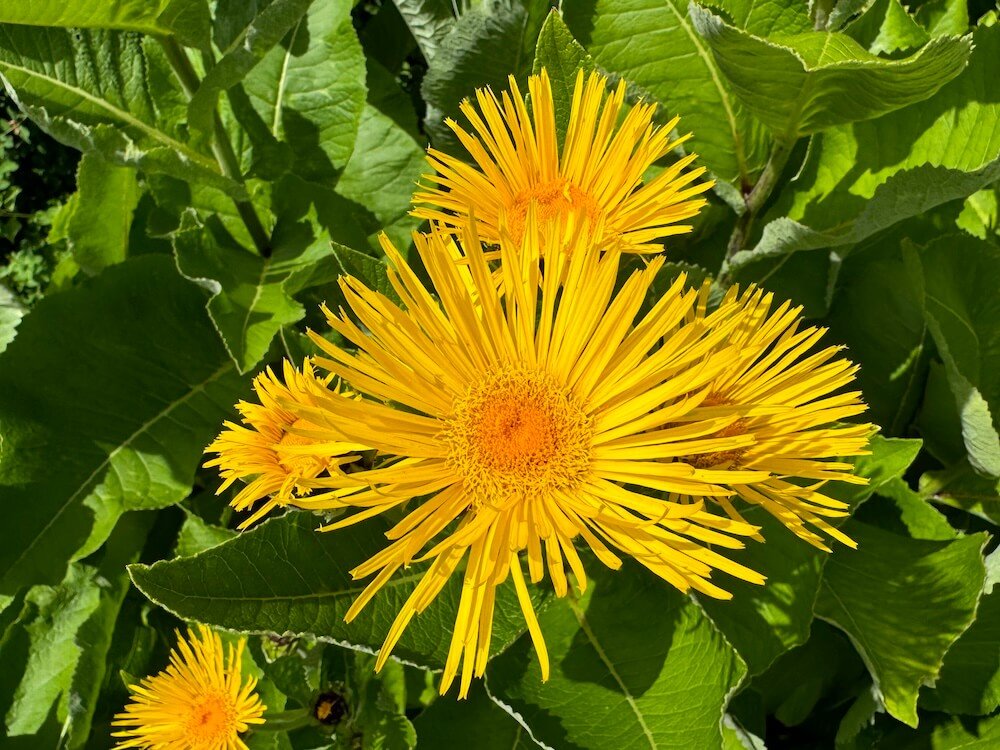 Image 1 of 3
Image 1 of 3

 Image 2 of 3
Image 2 of 3

 Image 3 of 3
Image 3 of 3




Inula helenium | Elecampane
DESCRIPTION
Inula helenium is a tall perennial that produces large, yellow, daisy-like flowers in late summer to early fall. Native to Europe and parts of Asia, it has been historically valued for its medicinal properties. The flowers are typically surrounded by dark green, rough-textured leaves that create a bold presence in the garden. Inula helenium thrives in a variety of environments and is often grown for its ornamental value as well as its historical significance.
The plant's flower heads are made up of numerous long, narrow petals arranged around a central disk, giving it a full, bushy appearance. Its large, lobed leaves contribute to the plant’s substantial presence, making it ideal for adding texture to the back of garden borders or wildflower meadows. Once the flowers fade, the seed heads remain, offering winter interest. The plant's roots are thick and fleshy, and it has a strong, pleasant fragrance that further enhances its appeal in the garden.
DESCRIPTION
Inula helenium is a tall perennial that produces large, yellow, daisy-like flowers in late summer to early fall. Native to Europe and parts of Asia, it has been historically valued for its medicinal properties. The flowers are typically surrounded by dark green, rough-textured leaves that create a bold presence in the garden. Inula helenium thrives in a variety of environments and is often grown for its ornamental value as well as its historical significance.
The plant's flower heads are made up of numerous long, narrow petals arranged around a central disk, giving it a full, bushy appearance. Its large, lobed leaves contribute to the plant’s substantial presence, making it ideal for adding texture to the back of garden borders or wildflower meadows. Once the flowers fade, the seed heads remain, offering winter interest. The plant's roots are thick and fleshy, and it has a strong, pleasant fragrance that further enhances its appeal in the garden.
DESCRIPTION
Inula helenium is a tall perennial that produces large, yellow, daisy-like flowers in late summer to early fall. Native to Europe and parts of Asia, it has been historically valued for its medicinal properties. The flowers are typically surrounded by dark green, rough-textured leaves that create a bold presence in the garden. Inula helenium thrives in a variety of environments and is often grown for its ornamental value as well as its historical significance.
The plant's flower heads are made up of numerous long, narrow petals arranged around a central disk, giving it a full, bushy appearance. Its large, lobed leaves contribute to the plant’s substantial presence, making it ideal for adding texture to the back of garden borders or wildflower meadows. Once the flowers fade, the seed heads remain, offering winter interest. The plant's roots are thick and fleshy, and it has a strong, pleasant fragrance that further enhances its appeal in the garden.
-
Family: Asteraceae
Height: 3 to 6 feet
Width: 2 to 3 feet
Foliage color: Large, dark green, rough-textured leaves
Flower color: Bright yellow with a daisy-like shape
Bloom time: Mid-summer to early fall
Light requirements: Full sun to partial shade
Water requirements: Regular
Maintenance: Low; remove faded flowers to encourage continuous blooming
Growing zone: USDA zones 6 to 10
Wildlife attractors: Attracts butterflies; birds drawn to the seed heads in the fallThis plant can be seen at the Center for Urban Horticulture.

